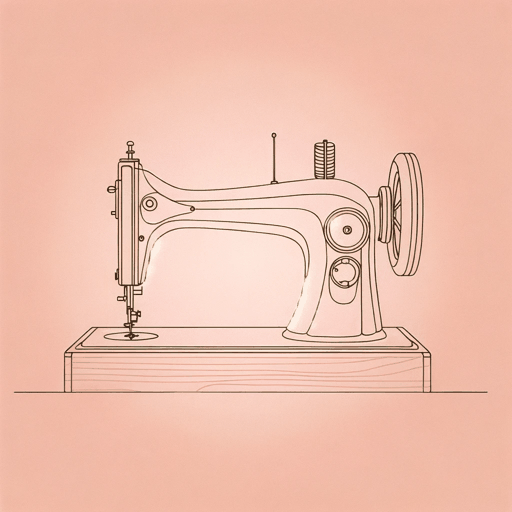37 pages • 1 hour read
Gayle Tzemach LemmonThe Dressmaker of Khair Khana: Five Sisters, One Remarkable Family, and the Woman Who Risked Everything to Keep Them Safe
Nonfiction | Autobiography / Memoir | Adult | Published in 2011A modern alternative to SparkNotes and CliffsNotes, SuperSummary offers high-quality Study Guides with detailed chapter summaries and analysis of major themes, characters, and more.
Symbols & Motifs
Dresses and Clothes
Led by Kamila, the women take up sewing to make enough money to feed their families. The choice is not necessarily their own: As the Taliban tighten their grip on the city, there are few options available to female inhabitants. With the men either being press-ganged into the armed forces, beaten and imprisoned, or forced to flee, it falls on the women to feed their families. With so few options left after the implementation of the new laws, clothes and the making of clothes become important symbols of liberation and freedom.
The manner of production of clothing is a motif, representing the changing fortunes of the women in Kabul. At first, clothing is either imported from Pakistan or produced by individual women, such as Malika. Either a small, supplemental income is generated, or the benefactors are the store owners who mark up the prices of their imports. Local women do not materially benefit from clothing in a meaningful demographic sense; they are consumers, rather than producers. However, the founding of the tailoring shop, and later the school in the Sidiqi home, is an embodiment of the change that occurs. Women become producers, generating income and sharing it among themselves in a collectivized manner.

